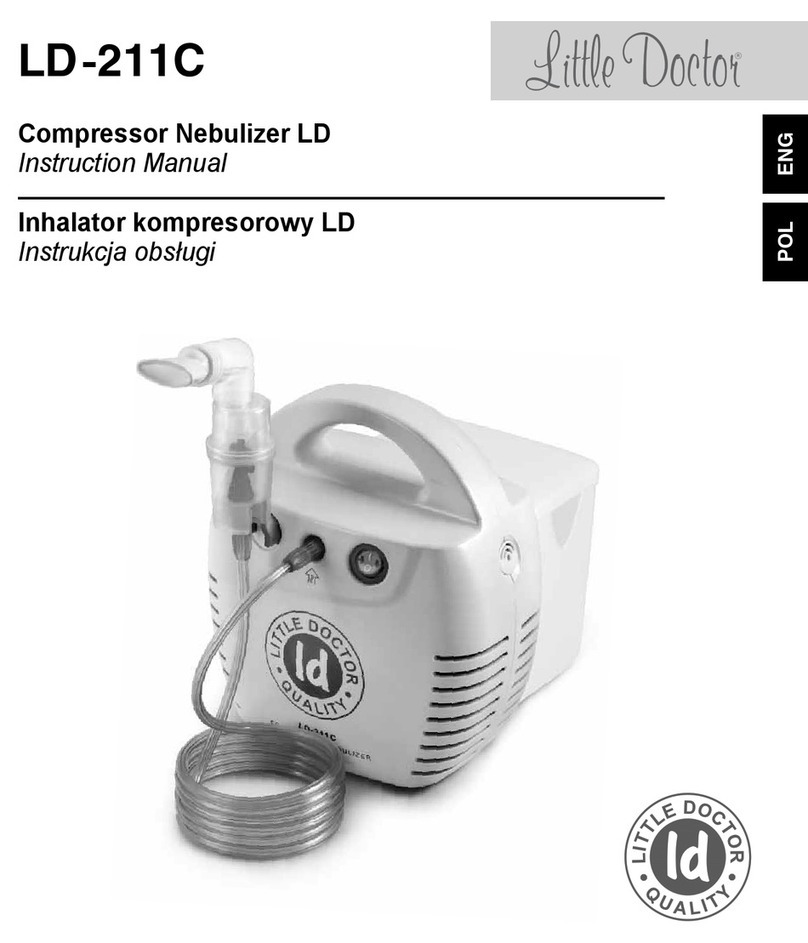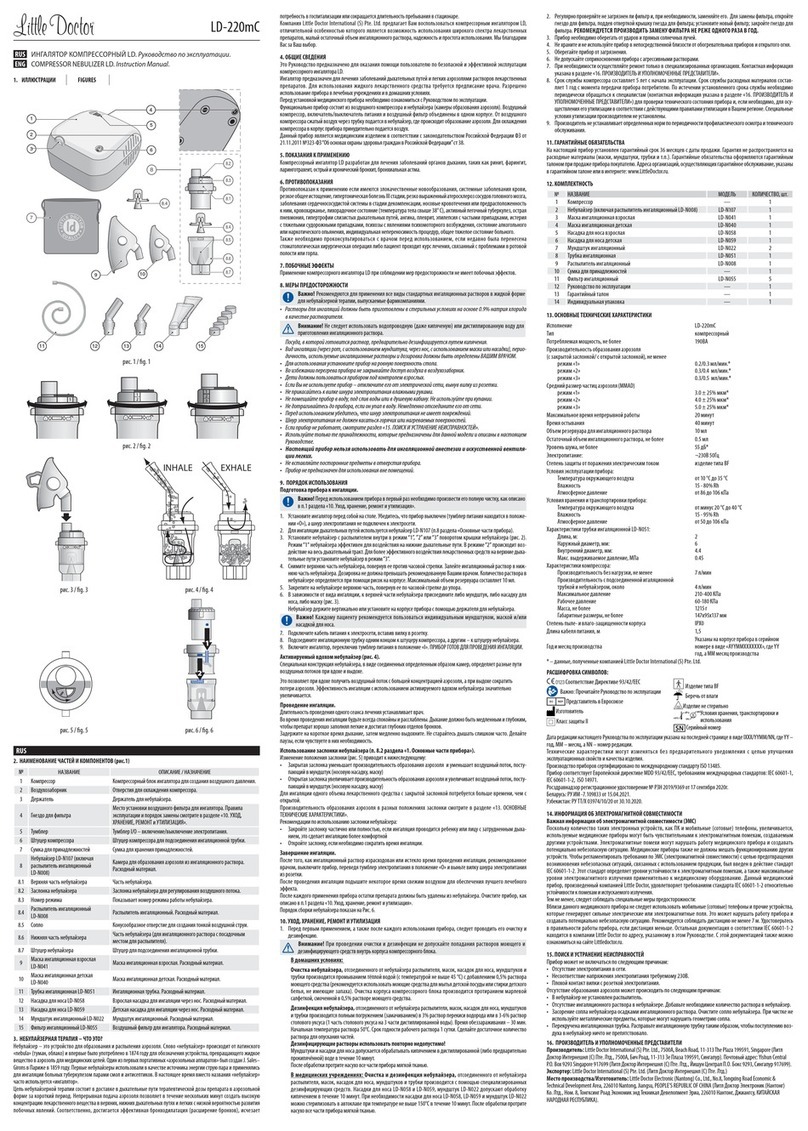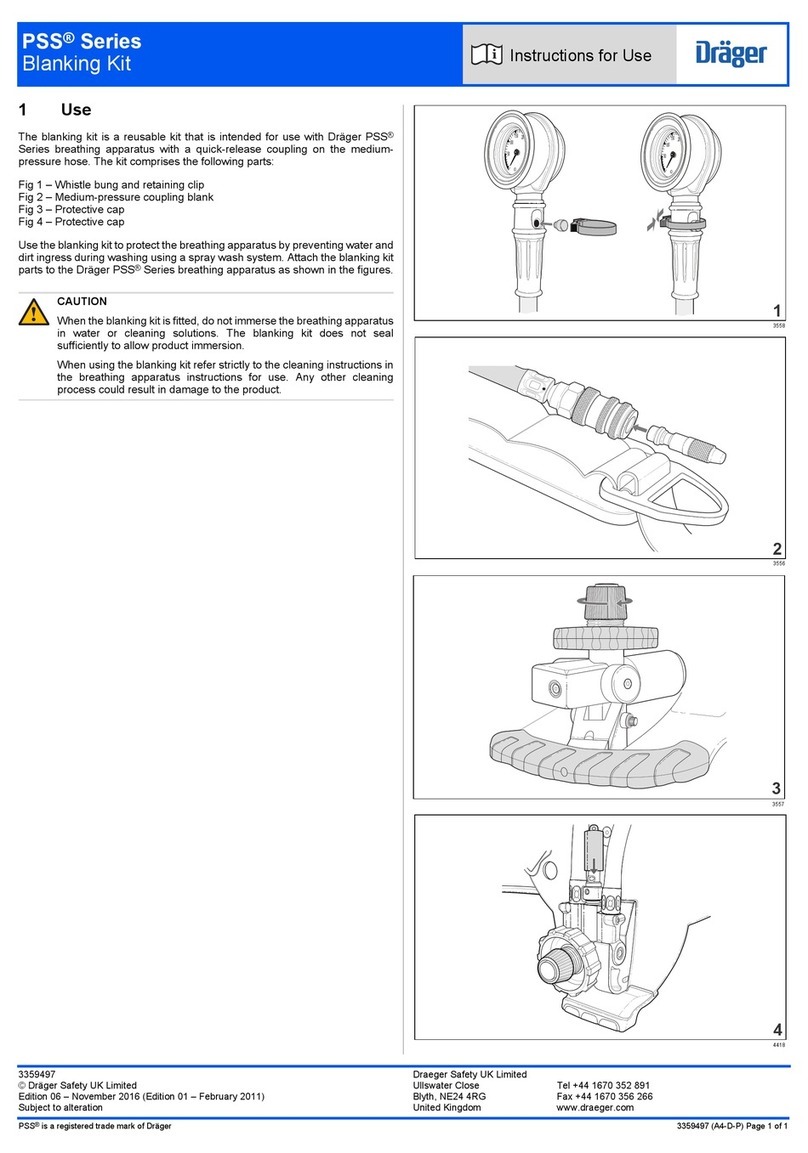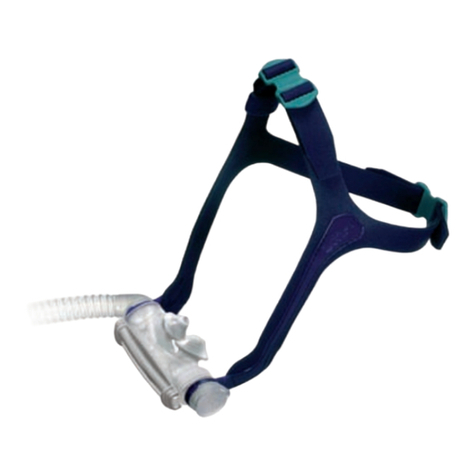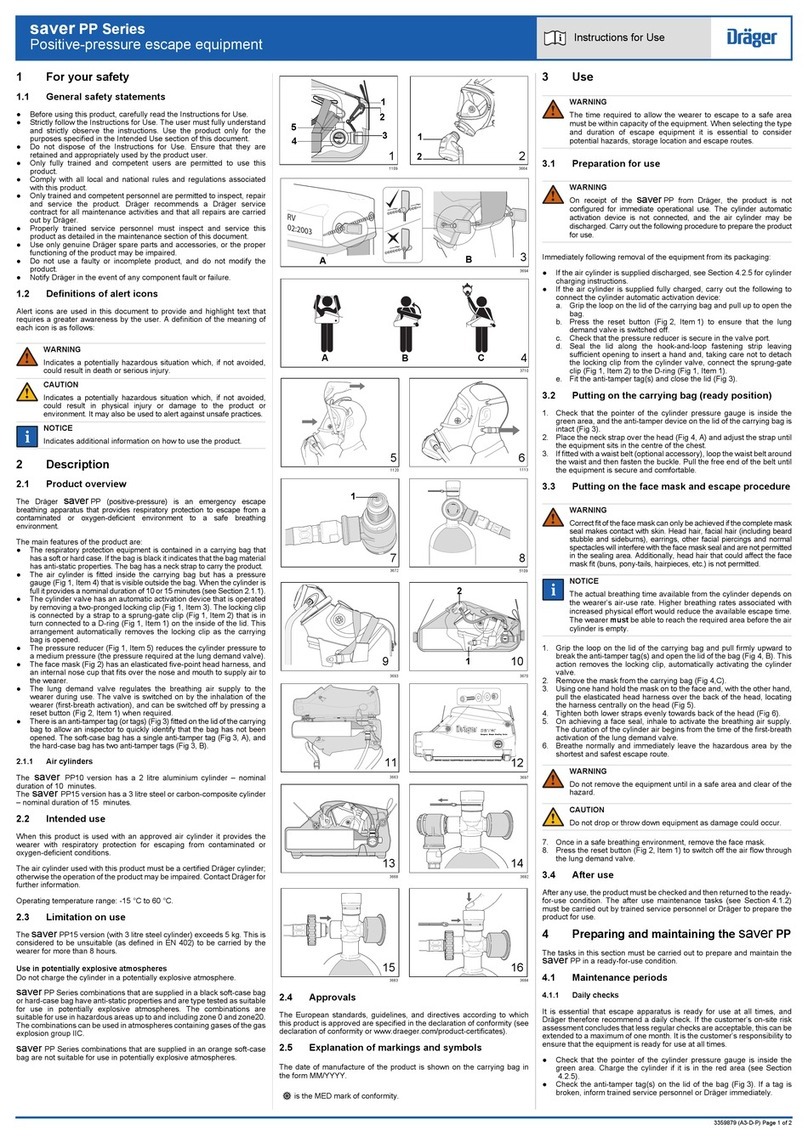ENG
6
NEBULIZER THERAPY – WHAT IS IT?
Nebulizer is a device for formation and spraying of aerosol. The word “nebulizer” is derived
from the Latin word “nebula” (fog, cloud) and was first used in 1874 for a device that turns
a liquid substance into an aerosol for medical purposes. One of the first portable “aerosol
apparatuses” was created by J. Sales-Girons in Paris in 1859. The first nebulizers were used as
steam jet energy sources and were applied for inhalation the vapors of resins and antiseptics by
tuberculosis patients. Presently, the term “inhaler” is often used instead of “nebulizer”.
The purpose of the nebulizer therapy is to quickly deliver to the respiratory passages a
therapeutic doze of a preparation in aerosol form. Continuous supply of aerosol allows,
within several minutes, creating high concentration of a medicine in the upper and lower
respiratory passages and lungs, with low probability of any by-effects. Respectively, effective
bronchodilation (bronchi expansion) is reached, and the need for hospitalization is eliminated
or the hospital stay is reduced.
Little Doctor Internatiоnаl (S) Pte. Ltd. offers you to use inhaler LD-250U, whose distinctive
features are the possibility to use a wide range of medicines, low inhalation solution residual
volume, and reliable and simple use. We thank you for your choice.
GENERAL INFORMATION
The ultrasonic nebulizer LD is designed for treatment and prevention of respiratory diseases of
trachea, bronchus, lung with aerosol of WATER solutions of medicines in hospitals and at home.
This manual is intended to assist the user in the safe and efficient operation of the ultrasonic
nebulizer LD.
The device should be used in accordance with the rules contained in this document, and
should not be used for purposes other than those described here. It is important to read and
understand the entire instruction manual.
Functionally, this device consists of an aerosol chamber (hereinafter referred to as “Inhalation
chamber”) and power unit. A fan is integrated inside this device for cooling electronic
components and for forced air supply to an inhalation chamber. This device is controlled by
ON/OFF, aerosol flow rate and air feed knobs located on the body. For ease of use, indicator
lights are available for indication of device operating modes.
SAFETY PRECAUTIONS
IMPORTANT: Not allowed to use inhaled solutions containing ether, oil or suspended solids
(suspension), including herbal teas and herbal infusions. All types of standard inhalation
solution in liquid form for inhalation therapy, produced by pharmaceutical companies, natural
mineral waters are recommended for use.
• Solutions for inhalation have to be prepared under sterile conditions from 0,9% sodium
chloride as a solvent. You should not use tap water or even boiled water as inhalation

